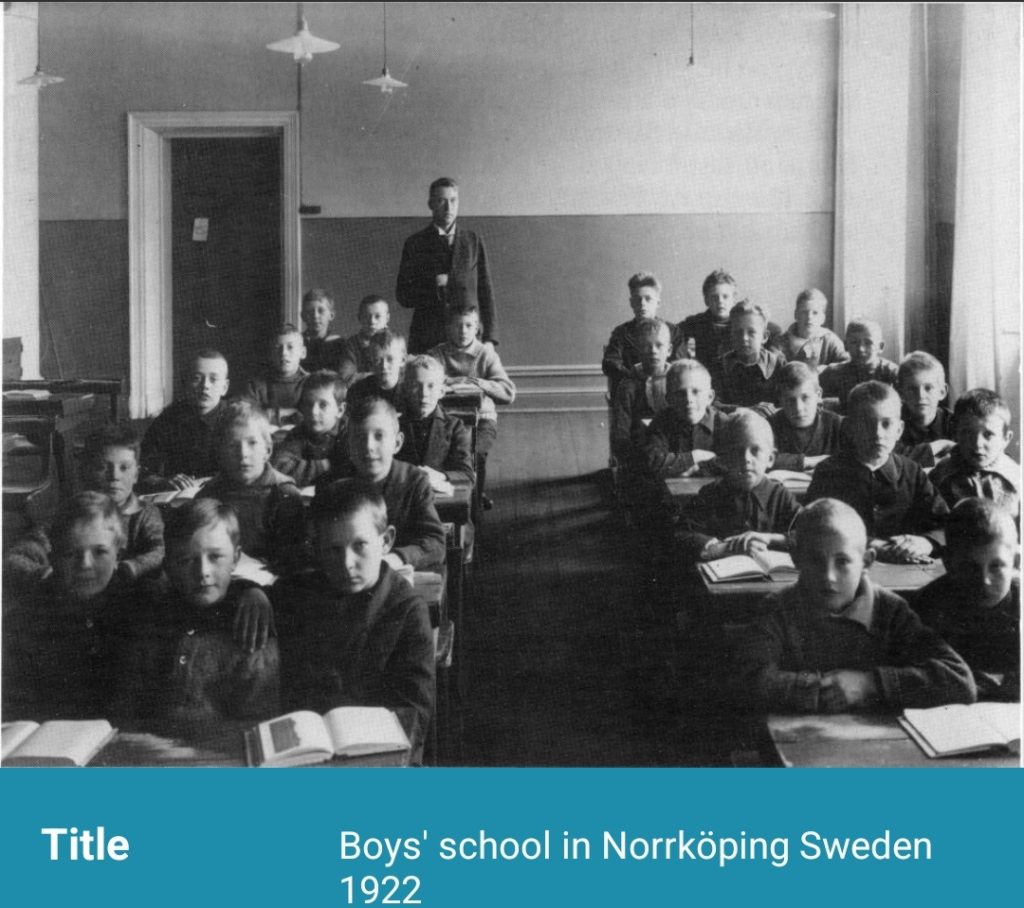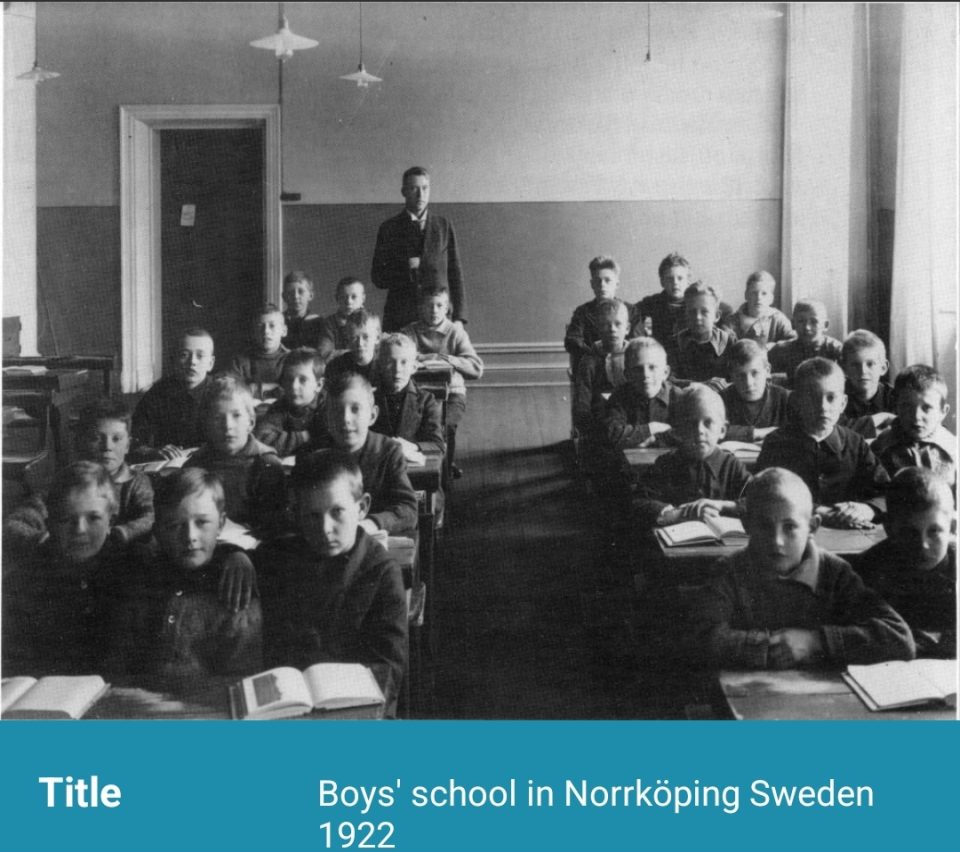Revolutionizing Sweden Education CX Journey to Prioritizing Customer Experience in Learning
Introduction: Understanding Stakeholder Needs in Education
In 2009, Sweden launched an ambitious initiative to digitize its classrooms, replacing traditional textbooks with computers and digital tools. The goal was clear: to prepare students for the demands of a rapidly advancing digital world. However, as promising as this educational experiment seemed, it ultimately highlighted a crucial lesson—education, like any service, must prioritize the experience of its end-users.
Fifteen years later, Sweden’s government has decided to reintroduce paper books into schools, allocating €104 million to address gaps in the digital-only approach. This decision reflects a customer experience (CX)-driven perspective, where stakeholder feedback—students, parents, and educators—shaped policy changes. Sweden’s journey is a compelling case study on how empathy, adaptability, and balance are essential for creating effective educational systems.
The Digital Transition: Sweden Education CX Promise vs. Reality
When Sweden embraced a digital-first educational model in 2009, the vision was transformative. Computers and tablets promised interactive learning, personalized educational experiences, and accessibility for all. Policymakers believed these tools would engage students more effectively and better prepare them for the future workforce.
Nevertheless, the outcomes failed to meet these expectations. Teachers observed a decline in fundamental skills like reading comprehension and writing. Concentration levels dropped as students struggled to focus on backlit screens for prolonged periods. Moreover, the allure of digital devices created distractions, with many students veering off to gaming or social media during lessons.
Despite its high ranking in global education, Sweden faced growing concerns from parents and educators. Maria Svensson, a mother of two, noted, “My child was constantly distracted by online games, and their academic performance suffered.” These challenges underscored a critical gap in the system: the lack of alignment between technological innovation and the real needs of students.
Listening to Feedback: A Core CX Practice
Effective customer experience hinges on listening to feedback, and Sweden exemplified this by recognizing the voices of its stakeholders. Educators highlighted that the digital transition hindered cognitive engagement, while parents voiced concerns about declining academic outcomes.
The Swedish Research Council for Health, Working Life, and Welfare (Forte) confirmed these observations, linking excessive screen time to diminished focus and comprehension. This data-driven approach validated the lived experiences of users, strengthening the government’s resolve to reassess its educational model.
By paying attention to stakeholder feedback, Sweden embraced a cornerstone of CX—ensuring that policy decisions are informed by the actual experiences of those impacted.
Addressing Sweden Education CX Pain Points with Empathy
Acknowledging the struggles faced by students, Sweden decided to reintroduce traditional textbooks into classrooms. From 2022 to 2025, the government dedicated €104 million to provide every student with paper books for core subjects.
“This move is about finding balance,”
stated Education Minister Lena Johansson.
“We’re not abandoning digital tools but ensuring they complement rather than replace foundational learning methods.”
This empathetic approach reflects a deep understanding of students’ cognitive and emotional needs. Traditional books, with their tactile and immersive qualities, offer a focus and retention advantage that digital tools often lack. The government’s decision was not merely about reverting to old practices but about creating a learning environment that addresses diverse needs holistically.
The Balanced Learning Environment: Merging Tradition and Technology
The reintroduction of paper books does not signify a rejection of technology but rather a recalibration of its role in education. By merging traditional methods with digital tools, Sweden aims to create a balanced ecosystem that supports comprehensive learning.
Digital resources will continue to serve as valuable supplements, particularly for interactive learning and research. However, paper books will reclaim their place as the primary medium for foundational skills like reading and writing. This hybrid approach ensures that students benefit from the strengths of both methods without being hindered by their limitations.
Organizations like the International Society for Technology in Education (ISTE) advocate for this blended model, emphasizing that technology should enhance, not dominate, the learning experience.
The Role of Trust and Transparency in Educational Reform
One of the most critical aspects of Sweden’s decision is the trust it fosters among stakeholders. By transparently acknowledging the shortcomings of the digital-only model and investing in corrective measures, the government has strengthened its relationship with parents, educators, and students.
Trust is a cornerstone of CX, and Sweden’s openness about its educational challenges exemplifies how transparency can drive positive change. This trust ensures that future reforms are met with greater support and collaboration, creating a more resilient education system.
Lessons for Global Education Systems: Prioritizing CX in Learning
Sweden’s journey offers invaluable insights for education systems worldwide. First, it underscores the importance of stakeholder feedback in shaping effective policies. Second, it highlights the need for a balanced approach to innovation, ensuring that technological advancements complement rather than replace traditional methods.
Moreover, Sweden’s willingness to adapt reflects broader principle of CX: flexibility. Educational needs evolve, and systems must remain agile to address emerging challenges. By prioritizing user-centric strategies, nations can create learning environments that are both effective and sustainable.

Conclusion: CX as the Foundation for Educational Success
Sweden’s decision to reintroduce paper books into classrooms is a testament to the power of customer experience in education. By listening to feedback, addressing pain points, and embracing a balanced approach, the Swedish government has demonstrated its commitment to prioritizing the needs of students and educators.
This journey serves as a reminder that innovation must align with user needs to achieve its intended outcomes. As education systems worldwide grapple with the challenges of integrating technology, Sweden’s experience offers a blueprint for success—one that values empathy, adaptability, and balance.
By investing in a holistic approach, Sweden is not only enhancing the learning experience for its students but also setting a global example of how customer experience can drive meaningful change.

